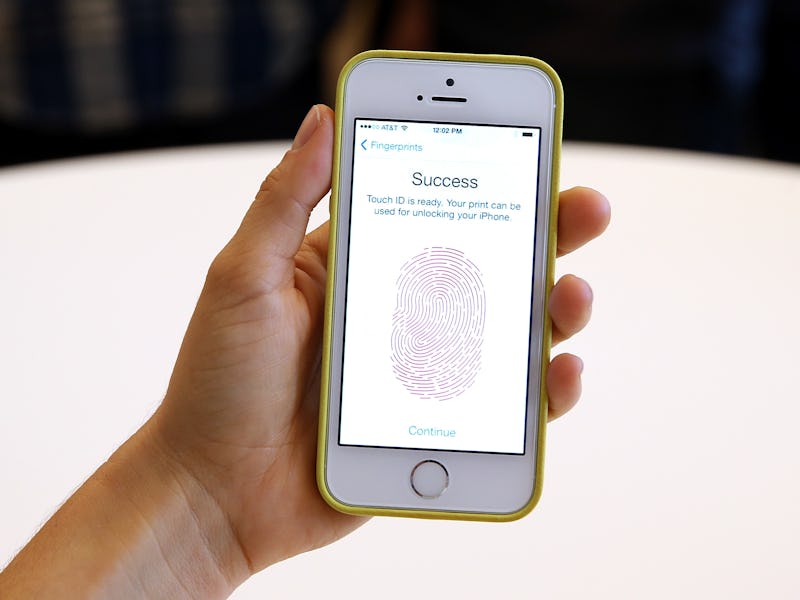Police 3D Printed a Dead Man's Fingers to Unlock His Phone
Not even death can stop the police from unlocking your phone.

Now might be the time to disable any biometric sensors on your smartphone, unless you want the police to 3D print a replica of your fingers and unlock it with ease.
Police recently approached Michigan State University professor Anil Jain and asked him to 3D-print a dead man’s fingers so they could unlock his smartphone using its biometric sensors. The man was a murder victim, and police investigators though his phone might contain information pertinent to the case.
Such an attempt wouldn’t normally work, as the sensors used to detect someone’s fingerprints rely on electrical currents that most 3D-printed objects can’t conduct. Police would only have 10 plastic fingers that couldn’t really do anything, which wouldn’t help them get into the victim’s phone investigation.
That’s where Jain comes in. He told Fusion that he “coated the 3D printed fingers in a thin layer of metallic particles” so they would be able to conduct electricity and, at least theoretically, allow the police to use the ghastly phalanges to help find whoever killed the man.
In this case, the nightmarish technique could help police catch a killer. But the implications this experiment has for everyone who uses biometric security — or merely communicates with someone who does — are chilling.
First, there’s the problem of recreating fingerprints. Police had their victim’s prints because he was arrested in the past. This could mean that anyone with a criminal record will run the risk of having their smartphone broken into by police.
Plus there’s the risk of having someone steal a fingerprint by looking at a photo and recreating it that way. What, are people going to have to wear gloves everywhere just to ensure that their fingerprints are safe?
That’s to say nothing of data breaches like the one that led to 5.6 million people’s fingerprints being stolen from the government’s Office of Personnel Management’s servers in September 2015.
Sure, there are efforts to develop fingerprint sensors that won’t be tricked by fake fingers, but they aren’t going to be available for a while and this case shows that police already want to thwart the scanners used today.
And even if someone does manage to keep their fingerprints to themselves, using a biometric sensor could allow police to compel them to unlock their device without having to request a warrant.
The best solution to all of these problems is to avoid setting up biometric security in the first place. It’s not as convenient to enter a strong passcode, but if someone wants to ensure that no one is able to access their device without their permission, they absolutely should not use their fingerprint to unlock that device.
In this case, the man is dead and police are trying to find his killer. But that won’t always be the case — and even if it was, it’s not like the phone only has evidence of the man’s killer. It probably has messages from friends, photographs, and other data police could use to create issues for the living as they try to help the dead.
If any of this worries you, it’s probably time to rethink your device’s security.